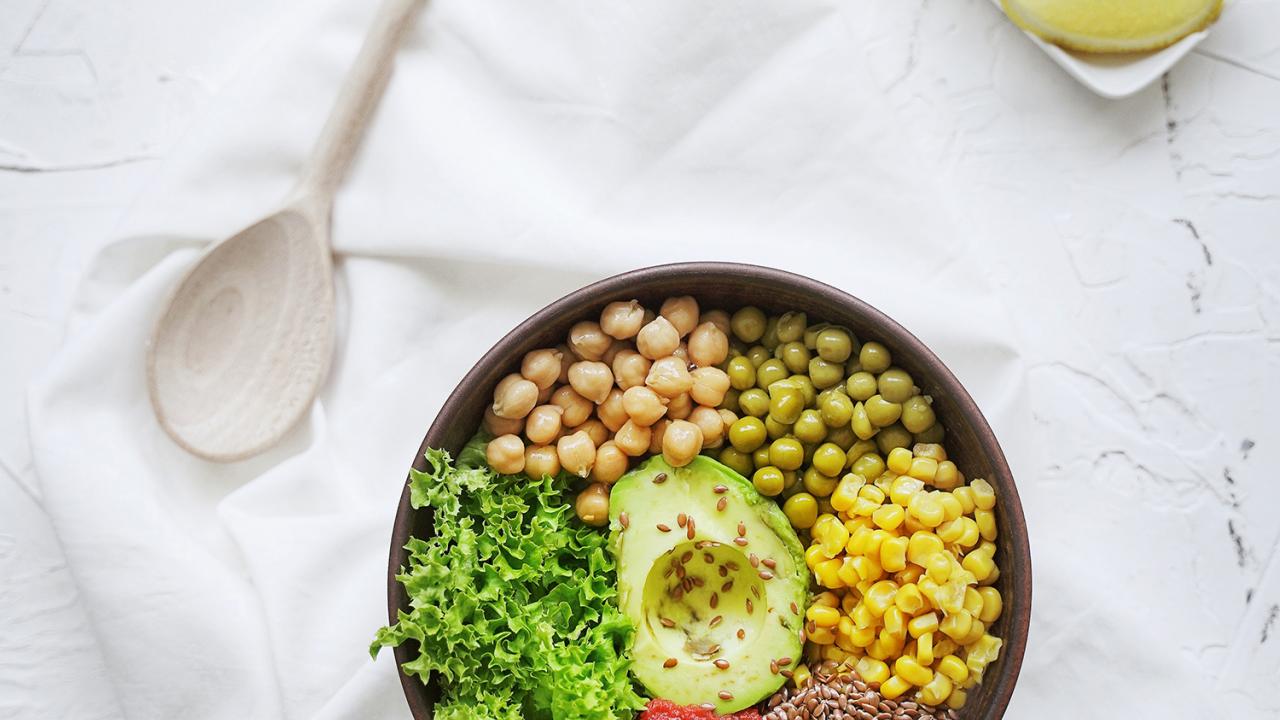
5 Heart Healthy Tips
February is Heart Month, the perfect time to learn about your risk for heart disease and the steps you need to take now to help your heart.
Here are five Heart Healthy Tips:
1. Consume foods high in omega-3 fatty acids. Commonly found in fish such as salmon and tuna, omega-3 fatty acids help reduce inflammation, which is a precursor to heart disease. If you don’t enjoy fish or are a vegetarian, try adding crushed flaxseeds or walnuts to your diet.
2. Consume nuts. Nuts provide protein, folic acid, niacin, magnesium, selenium, zinc, omega-3 fatty acids, other important vitamins and minerals, and may help reduce your risk of heart disease. For heart health, focus on walnuts and almonds, and limit intake to one handful per day, due to caloric content.
3. Consume some dark chocolate. Research shows that chocolate contains antioxidants that may help prevent cholesterol from sticking to artery walls, reducing your risk of a heart attack or stroke. Chocolate also contains beneficial flavonoids. Remember, just a few pieces and the darker, the better.
4. Choose nonfat or low-fat dairy. Dairy contains cholesterol and saturated fat, but also is an important source of protein and calcium as well as Vitamin D. If and when you eat dairy, choose nonfat or low-fat options.
5. Consume healthy fats. Unsaturated fats (monounsaturated and polyunsaturated) are beneficial fats. Olive oil, vegetable oils, nuts and avocados are examples. Saturated fats are found primarily in animal foods but also in processed foods as coconut or palm oil. Shoot for no more than 10% of your total calories from saturated fats – that is about 11 grams saturated fat for every 1000 calories consumed. Trans fats are found in vegetable shortenings, some margarines, crackers, cookies and foods made with or fried in partially hydrogenated oils; try and avoid these entirely.